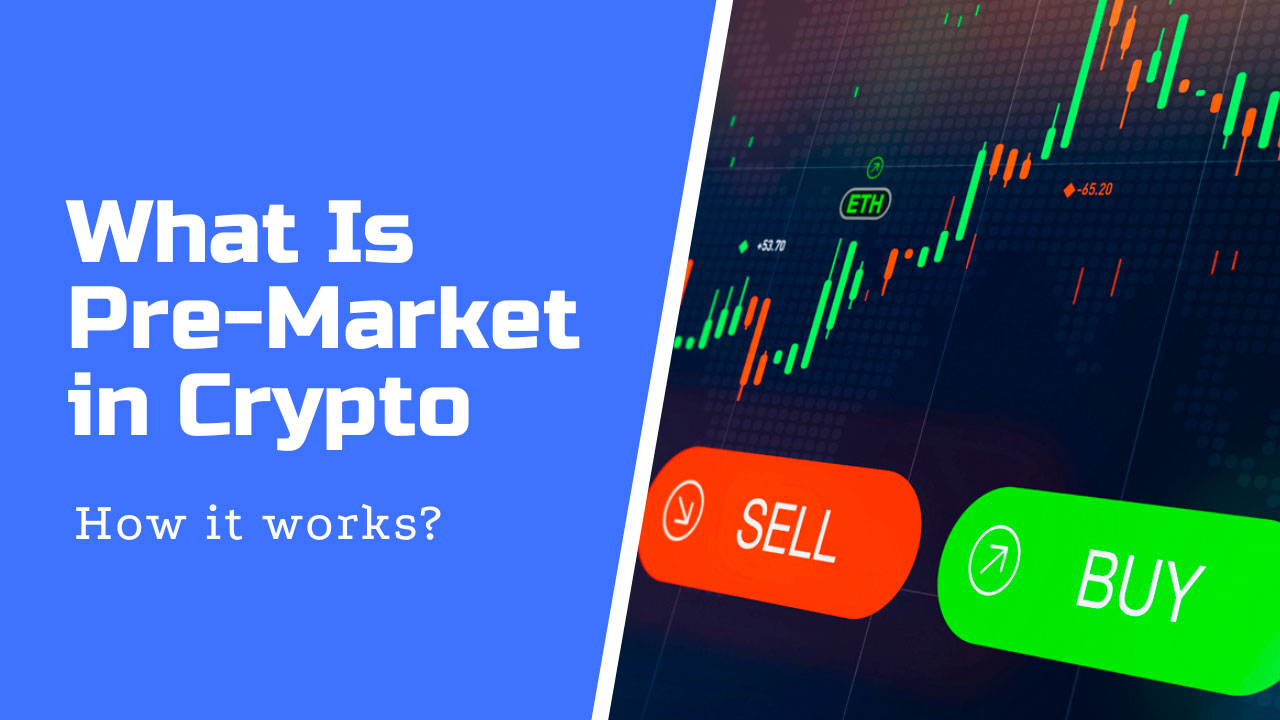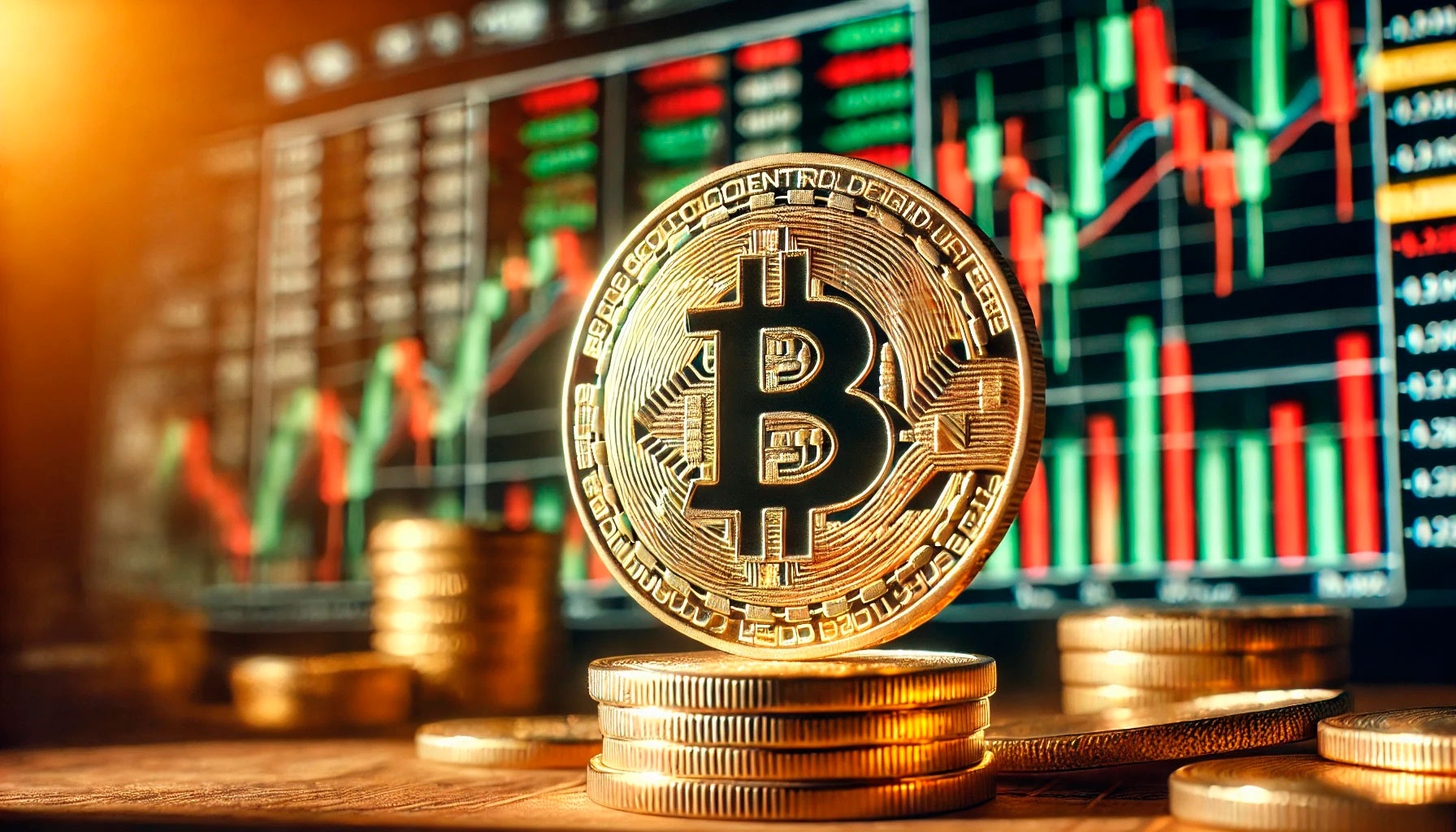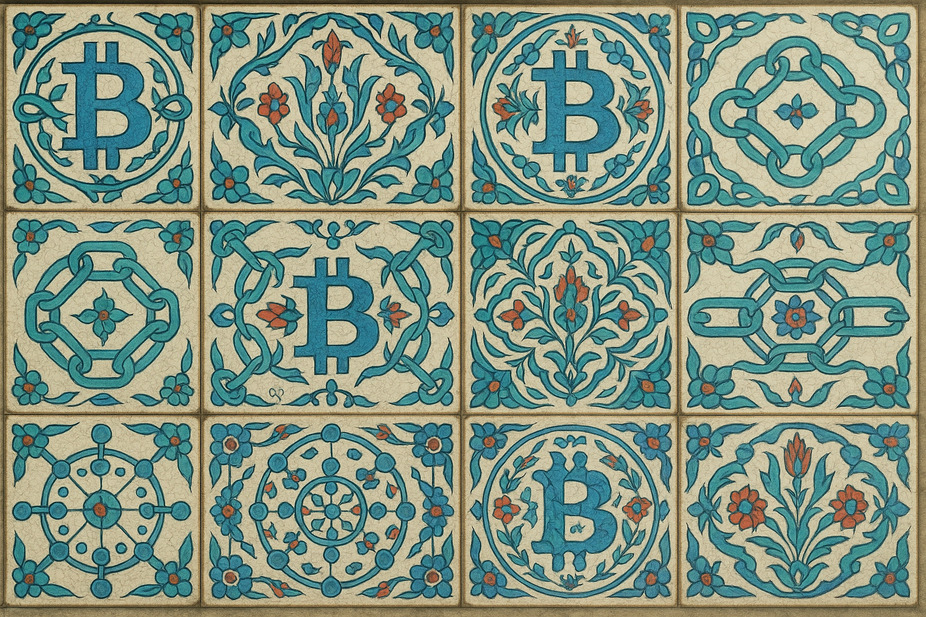What Is Pre-Market in Crypto and How Does It Work?
In the world of digital currencies, you can make money by getting in on new tokens before they’re officially launched and listed on exchanges. Here’s a quick guide to how the crypto pre-market works, how it’s different from the regular market, and where you can trade.

What’s Pre-Market Crypto Trading?
In the crypto space, pre-market trading is like buying and selling tokens over the counter, but these tokens haven’t been officially released yet — they’ve just been announced by the developers.
This kind of trading happens peer-to-peer (P2P). The buyer creates an offer on a platform, showing interest in buying a future token at a certain price, usually paid in USDT, USDC, or ETH. If the seller likes the terms, they accept the offer.
To make sure both sides follow through, each party locks up some collateral on the platform, which matches the amount of money or tokens involved in the deal.
On the release day, the seller must send the token to the buyer’s wallet within a set timeframe. After that, the payment goes through, and both parties get their collateral back.
If the seller can’t deliver the token as agreed, the platform takes their collateral and gives it to the buyer as compensation. The buyer also gets to keep their money.
This process works the other way around too — the seller can list tokens for sale using the same method.
How Crypto Pre-markets Are Different from Traditional Ones
In traditional markets, a pre-market is basically an opening auction. The exchange gathers buy and sell orders for an asset, and based on those orders, it calculates the opening price, which is the average of the highest and lowest offers. This happens 30 seconds before the main trading session starts, and during those 30 seconds, no one can cancel their orders.
Cryptocurrency platforms, on the other hand, don’t have set trading hours — they run 24/7 with no breaks. So, the idea of a “pre-market” in crypto is different.
In the crypto world, a pre-market is a place where you can trade new tokens before they’re officially released, or trade points that might be turned into tokens later on. Before the token launch, there’s often a speculative period where buyers and sellers can set their own prices and make deals, helping to create liquidity for when the token finally goes live.
How Pre-market Platforms Work and What Types Exist
Usually, this tool is settled in stablecoins before the asset is officially released. It gives users a chance to help shape the price of a new cryptocurrency. But keep in mind, the pre-market price is often way higher than the actual market value.
Most pre-markets work like deliverable futures. For example, on the OKX crypto exchange, the futures are settled in USDT when they expire. If the new token gets listed on the platform, the settlement happens before the listing. However, the exchange can cancel futures contracts if the project team calls off the token release or runs into big issues or risks.
Aside from pre-market futures, there are other platforms for getting in on tokens early. One type is connected to the TGE (Token Generation Event), which is when a token officially launches on the blockchain and gets distributed to users, investors, and partners.
Here’s how it works: the buyer places an order at a certain price, and the seller sets a sell order backed by collateral. There’s usually a time limit (often a few hours after the TGE) to complete the deal, or there’s a penalty.
Another option is trading reward points, which are like loyalty program points for participating in a project. Unlike TGEs, these points don’t guarantee tokens. They don’t have any value, but there’s a chance they could be converted into real assets later on.
There are also decentralized pre-market platforms that work like DEXs (Decentralized Exchanges). These run on smart contracts, so there’s no need for a middleman to oversee the trade.
Why Pre-markets Are Important (and the Risks)
Pre-markets can be a useful tool for building a trading strategy since they give people a chance to gauge market sentiment before a token officially launches.
For example, if an investor thinks a token will go up in value, they can buy it early at a lower price. On the flip side, those who receive tokens during a TGE might want to sell them for a higher price. Pre-markets help early investors, project teams, or airdrop recipients lock in profits or reduce risk before the token is available for general trading.
But there are some downsides too. Pre-markets usually have lower liquidity than centralized or decentralized exchanges. Plus, there’s a risk that deals won’t go through, which could cause investors to lose money. On decentralized platforms, there’s also the possibility of technical issues, like bugs in the smart contracts or problems with oracles (the programs that ensure trades settle at the right price).
Pre-market Trading Volumes in 2024

In just two months, the pre-market futures for Hamster Kombat on the Bybit and OKX crypto exchanges hit over 2 million USDT in trading volume. OKX saw five times more activity than Bybit.
The TGE (Token Generation Event) for Hamster Kombat and its token airdrop are set for September 26. On that same day, OKX plans to start spot trading of the token in a pair with USDT. However, keep in mind that these dates aren’t always set in stone — crypto projects often delay things, especially if they’re dealing with a huge wave of new users.
Advantages of Pre-markets
Pre-markets give traders a chance to get a rough idea of what a future token might be worth and to gauge how much interest there is in it and any related trends. However, it’s common for the token’s price to change quite a bit after it’s listed.
Pre-market trading also shows how much excitement there is around a new asset. If a lot of trades are happening, it’s usually a good sign that the token has potential.
Another plus is that pre-markets help build liquidity for the new token, meaning there’s less chance of wild price swings when it officially starts trading since there will already be lots of buy and sell orders in place.
Disadvantages of Pre-markets
The price of tokens before their launch can be super volatile, and the way prices are set isn’t always clear. Plus, with lower liquidity, pre-market orders can take longer to fill, and you might not get the best price.
Pre-markets can also give a false sense of what the token’s real price will be once it’s live, leading to losses if you misjudge where it will actually trade in those first few hours after listing.
Conclusions
Pre-markets are a relatively new way to trade crypto, allowing people to make P2P deals with tokens that haven’t been released yet. But keep in mind, it’s not a guaranteed way to make money. If you don’t use it carefully or the market swings too much, you could lose big. That’s why it’s important to think through all the risks before diving in. Still, this kind of trading opens up new possibilities in the crypto space.












